Picking a white paint for your home seems like one of the easiest things that you can do. Until you have to do it… and you realise that there are thousand’s of options and they all start to look the same.
So, how do you start to break them down and find the white paint that’s right for your home? The first step is starting to recognise the difference between Cool and Warm Whites, so here’s a quick summary to give you the basics…
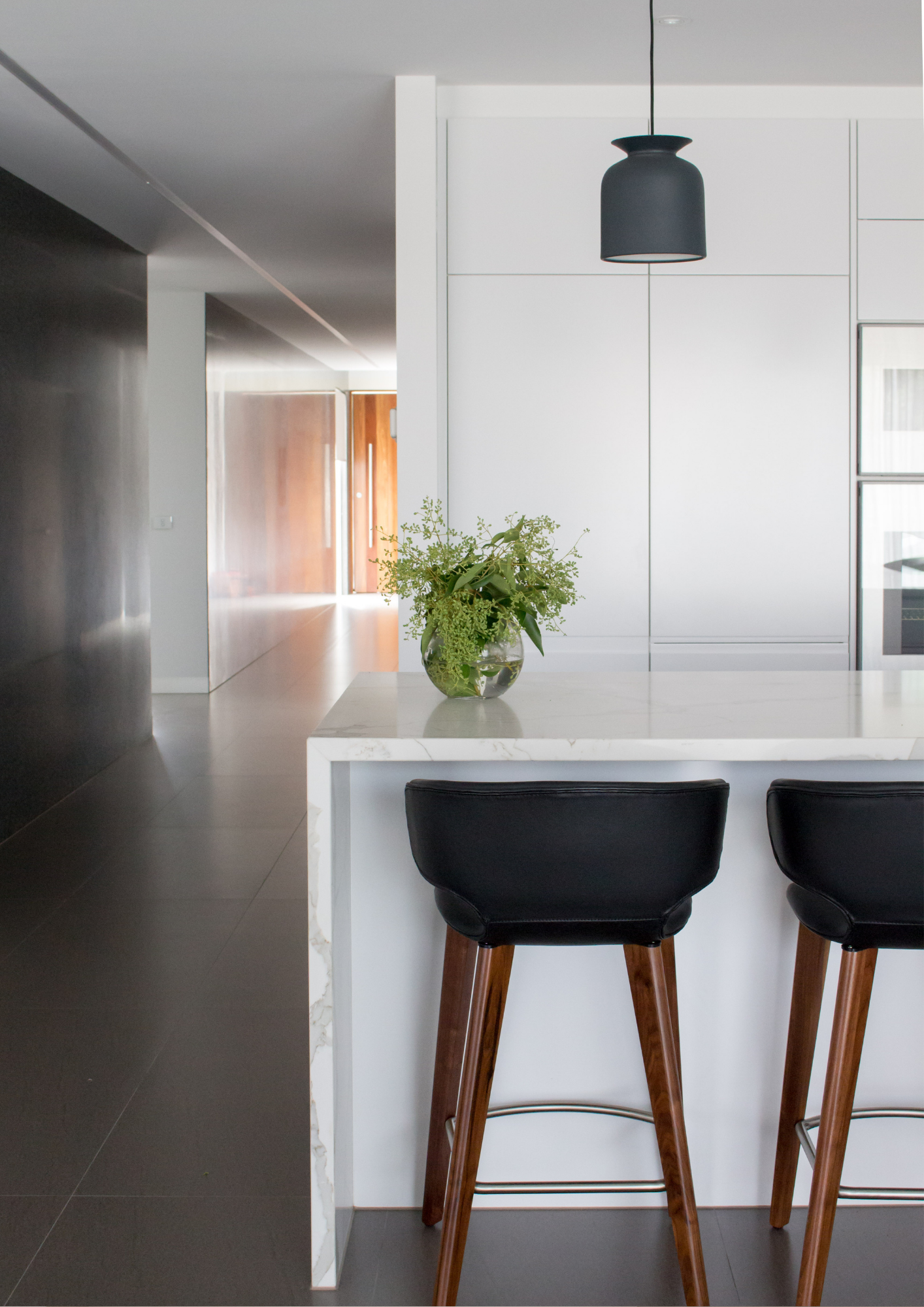
Cool Whites
Cool whites have a grey, blue or green undertone to them and are great for creating bright, crisp, and contemporary spaces.
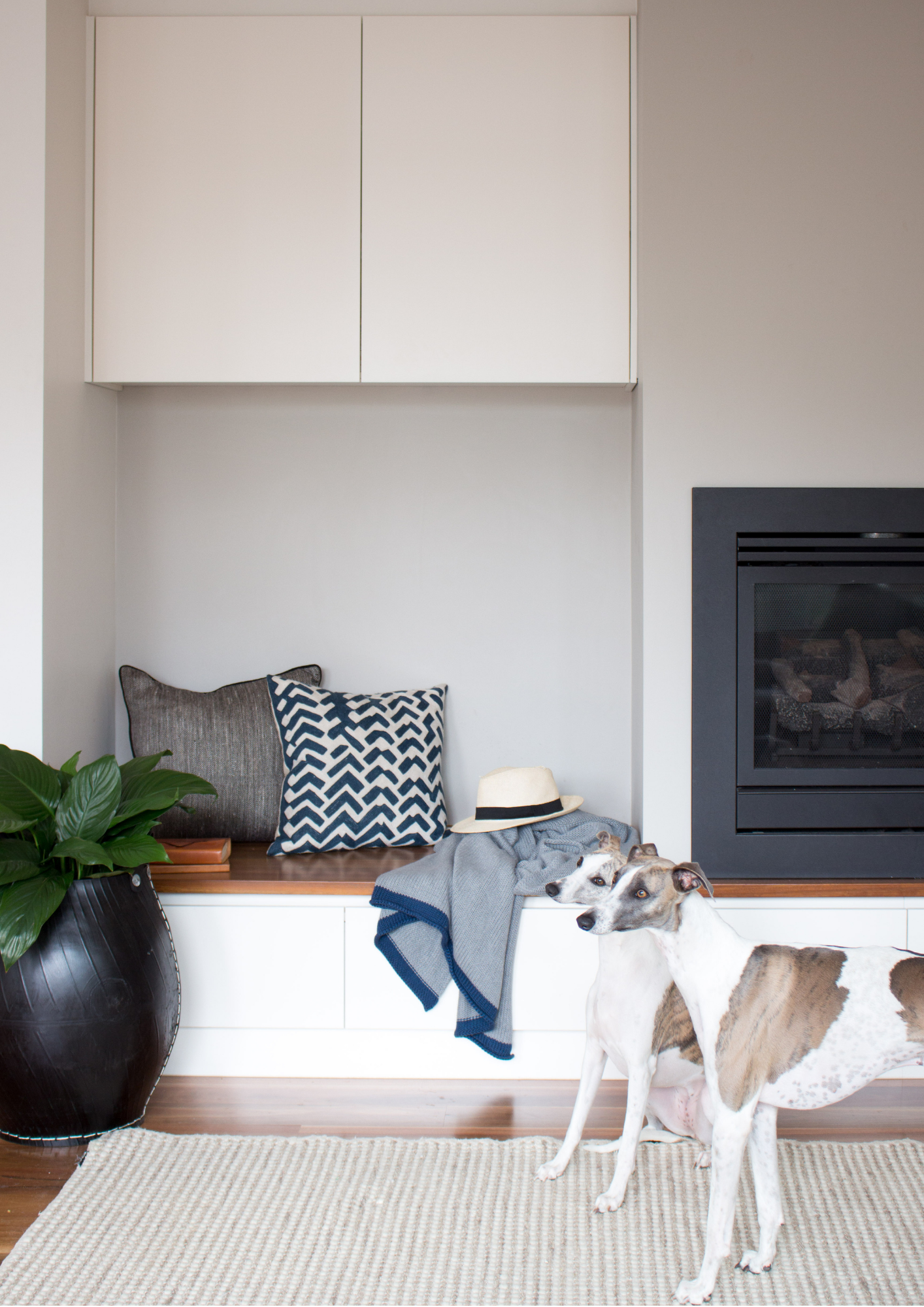
Warm Whites
Warm whites generally have a yellow or red undertone and they tend to have a creamier appearance and are less stark great for more traditional or homely spaces.
I’ve tried and tested a whole lot of whites over the years, so here’s a few of my favourites to get you started…
My Top 6 Whites
This is my top pick when I’m working in a more contemporary space. Crisp, clean and white.
This one is a beautiful pure white, which works well with contemporary spaces, without being too harsh.
If you’re looking for something suited to a more traditional setting, this one is a good choice, especially if you want to keep it warm + cosy. Great with timbers and traditional features.
Warm undertones that will work well with both traditional and contemporary spaces.
This one sits somewhere in between the Lexicon Quarter and Antique White USA – it’s a good all-rounder and will work pretty much anywhere. If in doubt, this is a safe option.
Another great all rounder that has a hint of warmth and works well in most spaces.
Before you lock in a colour…
There is no way of getting around it – you’ve got to actually test the paint before you lock in your selection.
What looks good in one house, will not necessarily look good in yours.
The main reason for this difference is that colour can read differently depending on the amount of natural light in the space and other materials around it.
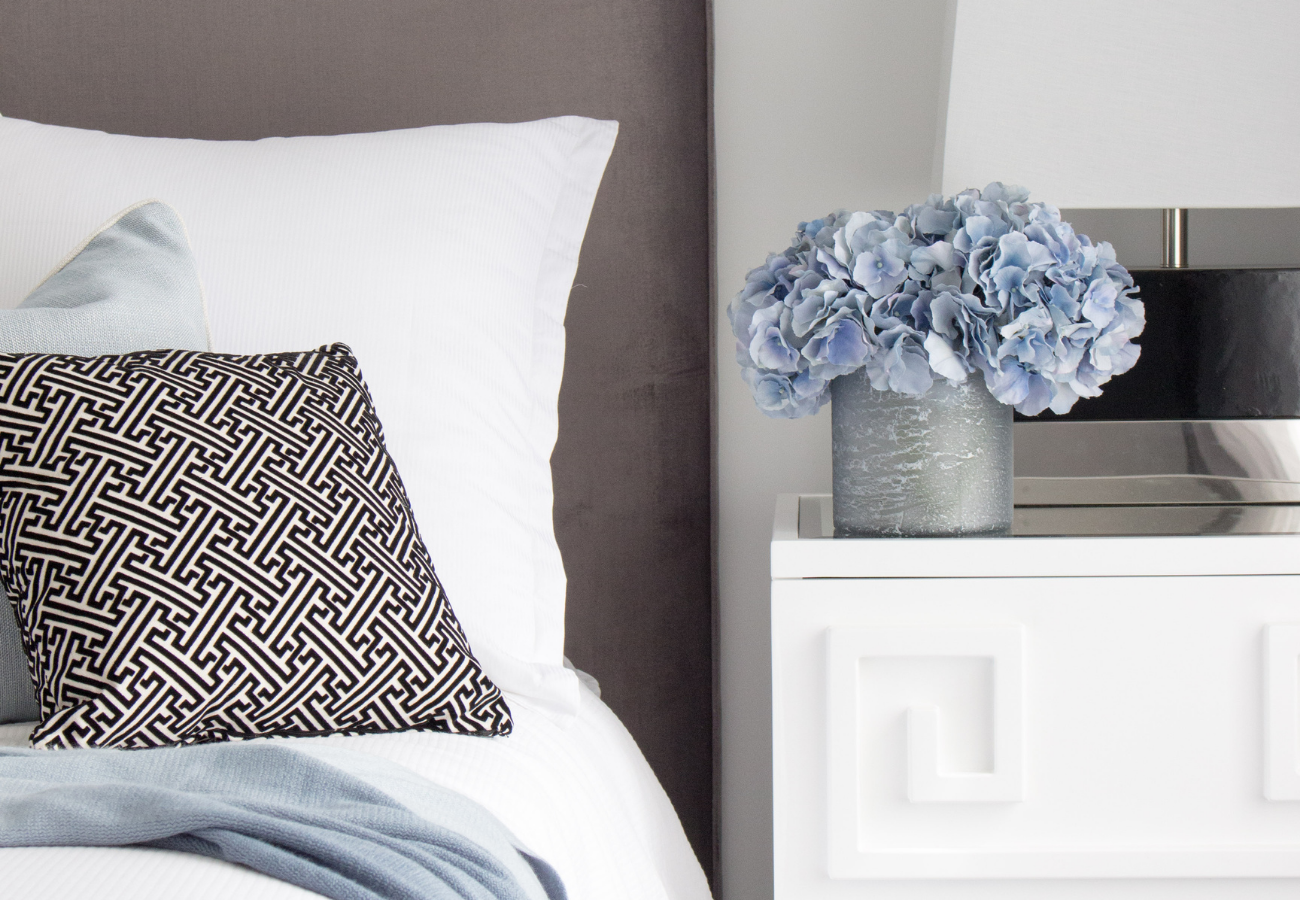
So, before you lock in that colour, you need to do a few things to make sure you’re on the right track…
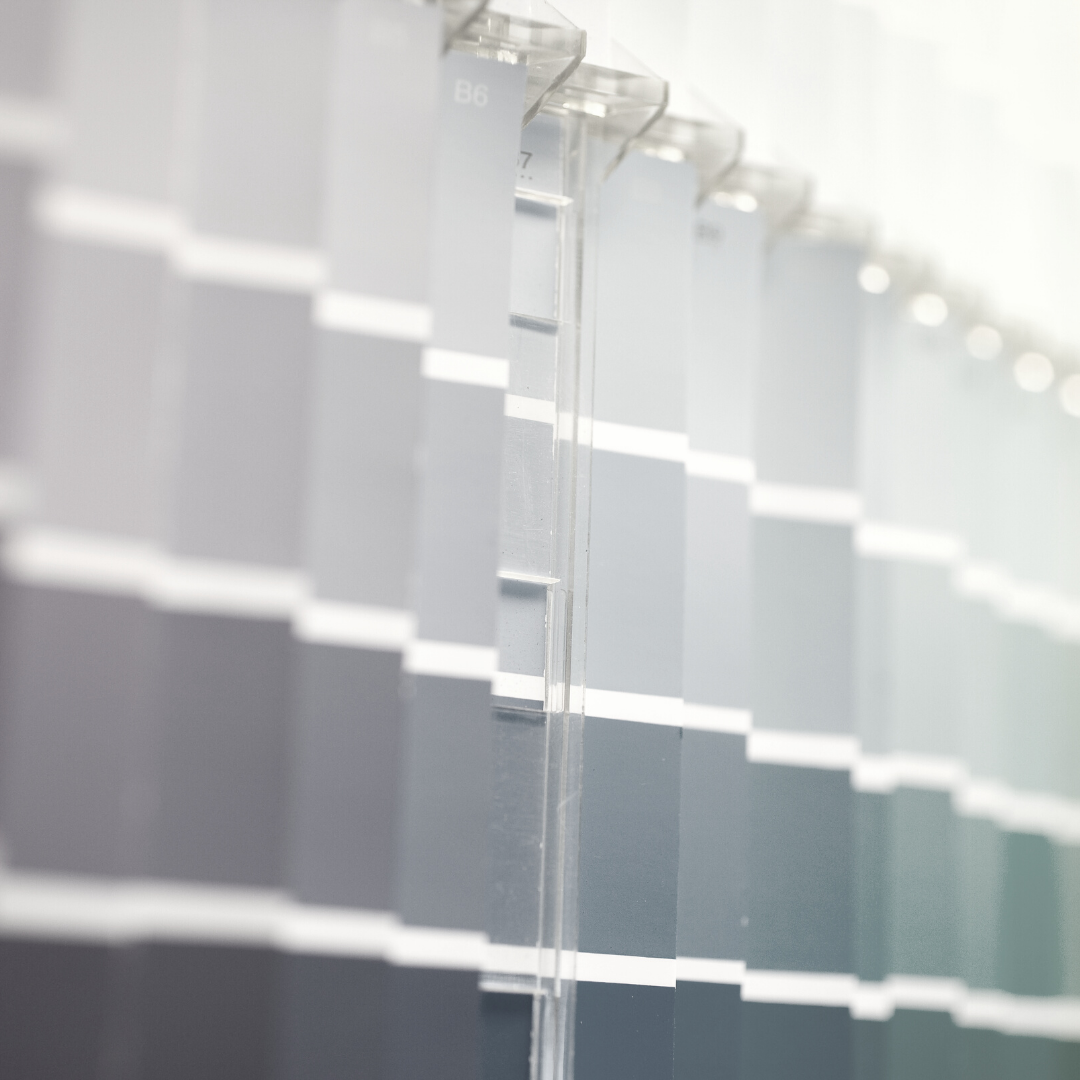
Start with a Colour Chart
If you’ve ever found yourself in a paint aisle looking for whites, you will know there’s more than a few options to choose from.
Use my suggestions as a starting point and go from there.

Graduate to a Larger Sample
Most paint brands will offer larger sample swatches (for a small fee) which can be a good in-between step before you start sampling pots of paint.
These swatches or ‘brush-outs’ are produced with the actual paint product – so they’re a much better indication of colour than the printed chips you find at the paint store.
Check out the sample stickers from Tint Paint for easy sampling.

Then Finish with Sample Pots
Narrow it down to 2 or 3 good options, then get yourself some sample pots and start testing – I suggest a patch of around 1m2. Make sure you test in the room you’ll be painting and go back at different times of the day to see the changing light.
Hold up samples of other materials you’ll be using, especially if you have other whites in the space (like kitchen surfaces), as you’ll want them to all work well together.
A few tips…
+ I like to use a low sheen paint on the walls and then keep the trim in the same colour, but in a semi gloss/satin finish.
+ Keeping all of your architectural details, such as skirting boards, cornices, and architraves the same color as your walls will give you a classic look and accentuate the shape and profile of these details.
+ Look for wash and wear options for the walls so they are easy to wipe clean.
+ Paints with Low VOC’s (Volatile Organic Compounds) will help to reduce the level of toxins in your new home. If you want to learn more about what VOC’s are and why they’re important, you can read this blog I wrote.
+ I like to use a water-based acrylic for trims – they don’t yellow over time like the enamel (oil-based) paints tend to do. Some painters will push back on this, as the oil-based paints are much easier to work with, but my personal experience is that most yellow over time, which means that your whites won’t stay looking white for as long as the water-based options. Want to read more on this? Here’s some more information on the topic.
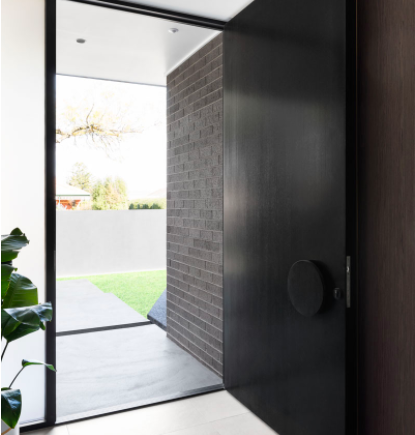
What are VOC’s and why are they important?
With us all spending more time than usual at home, I found it concerning when I recently learned that the concentration of VOC’s (as a measure of air quality) inside our homes is consistently higher than outside (often up to 10 times higher).
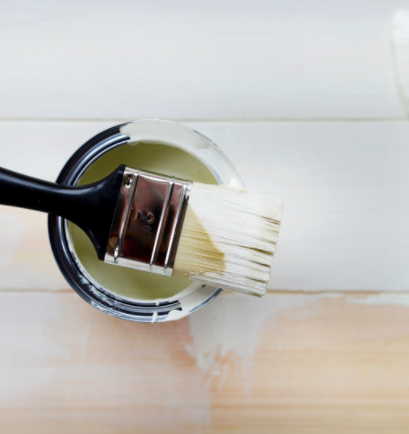
Should I be using Oil-based or Water-based paint?
I’ve tried and tested lots of different paints over the years and I know how confusing it can be to find yourself in the middle of the paint aisle at Bunnings trying to figure it all out.

[…] How to choose the right white paint […]